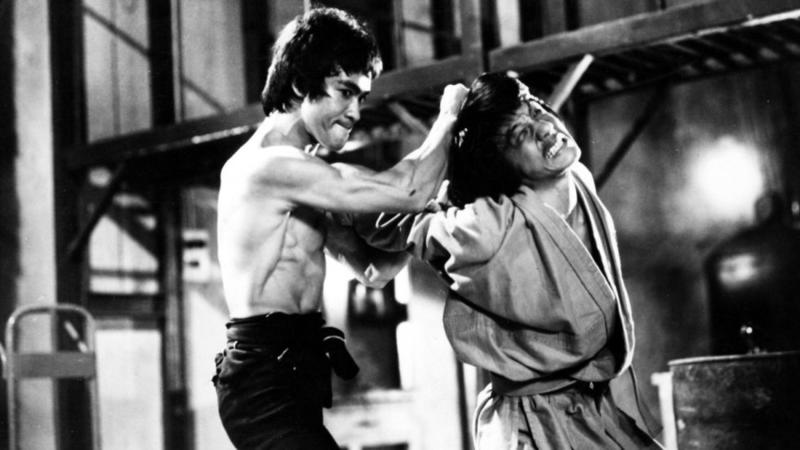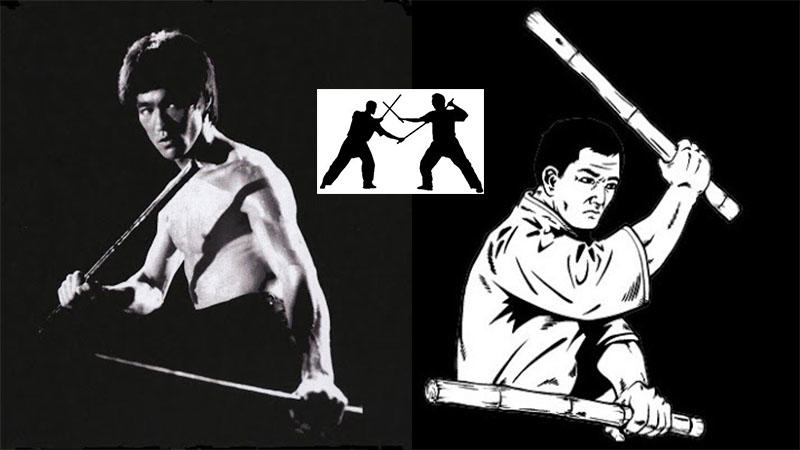Learn Filipino Kali pencak Silat best training of top ten martial arts class in Mumbai


Silat & Kali represent Filipino & Indonesian martial arts. Filipino Kali is a filipino art. Learn weapon wielding concept of Filipino martial arts. Empty handed silat techniques & Kali weapons systems of arnis eskrima stick fighting.
GENERAL KNOWLEDGE
Filipino Kali is a style specific to Filipino Martial Arts. Filipino Kali was founded in 1897 and is the system of the Tortal family. The sole heir and guardian of this system is Leo T. Gaje Jr.. Filipino is strictly a combat-oriented system, as opposed to sport-focused, style. It is a fighting system that focuses on edged, impact and improvised weapons. Filipino Kali has been adopted as the preferred combative training program by elite military and law enforcement units around the world. At CATS Mumbai we teach the art of Filipino Kali in a systematic & scientific manner
Fighting methods
All fighting ranges are integral parts of the Filipino Kali, but special attention is given to closing in to kill in close-quarter combat. Integral to this is a coiled close quarter stance that allows evasion and generation of a powerful strike even in close range. Filipino Kali is about quartering the opponent, or ‘cutting up into little pieces’, emphasizing destruction with counter offence while not getting hit. Filipino Kali methodology originates from offensive and counter offensive principles against attacks from all ranges, angles and threat levels. There is less emphasis on purely defensive techniques per se, as this is not seen as an effective survival strategy. To learn Filipino Kali contact our Mumbai center.
Filipino Kali ( of Mumbai ) incorporates 5 main weapon categories (including the human body):
- Solo Baston- Single stick, sword or spear.
- Doble Baston- Double stick or sword.
- Malayu Sibat – Spear
- Espada y Daga – Sword and Dagger.
- Daga y Daga – Knife to Knife
- Mano y Mano – Hand to Hand.
- Dumog – Grappling
There are various subsystems of training that have evolved over the years, including:
- Doce Methodos (These are the 12 methods or subsystems of the Filipino Kali system. Each is a distinct grouping of techniques and related application methods which represent the core principle of that subsystem. A condensed form of 64 movements called the 64 Attacks illustrates many of those subsystems.)
- Seguidas (bridging techniques between different ranges: sometimes included as part of Doces Methodos)
- Contradas (countering techniques with emphasis on following the attack as opposed to meeting the attack)
- Recontras (re-countering techniques)
- Recontradas (recountering against the recounter techniques)
- Offensa-Defensa—Defensa-Offensa (evasion drills for weapon arm)
- Contra Tirsia Dubla Doz
- Tri-V Formula
- Capsula Methodica
- As well, other training aids have developed, including Alphabeto and Numerado, which pattern strikes based on the alphabet and numbers respectively…
We teach this in our Mumbai center
Filipino Kali has multiple theories on its origin:
- One theory is that the word comes from tjakalele, a tribal style of stick-fencing from Indonesia. This is supported by the similarities between tjakalele and eskrima techniques, as well as Mindanao’s proximity to Indonesia.
- According to Guro Dan Inosanto, Filipino Kali is a portmanteau of the Cebuano words “kamot”, meaning hand, and “lihok”, meaning motion.
- In the Ilocano language, kali means “to dig” and “to stab”.
- Filipino Kali Kali competitions uses foam-padded sticks about an inch in diameter with thin rattan cores roughly a centimeter in diameter. These sticks are meant to break before serious injury occurs. For protection, the same headgear used in the WEKAF system, and a large groin guard is required for males. Vests (optional for men, required for women), optional armguards, shinguards and leg wraps are used. Scoring is more similar to fencing where fighters are separated after solid clean hits are made (observed by multiple judges stationed at different positions to observe if hits were clean and unblocked, and determine the strength of the strike by the loudness of the impact). Alternative ways to score are to disarm one’s opponent or to force him to step outside the ring.
- Any part of the body, from head to toe, is fair game as a target – except for the back of the head, which the headgear does not protect. Stabs to the face are not allowed, because the thin rattan core may penetrate the padding and slip through the grills of the headgear into the player’s eye. Thrusts to the body score points, but are harder to present to judges for scoring because they make less noise and it is difficult to determine impact.
- Punches, kicks and throws are not allowed. Prolonged clinching to prevent the opponent from striking is not allowed (similar to Western Boxing) to keep the game moving and more interesting for audience that may not appreciate the fine and practical aspects of grappling. Disarms must be performed quickly and cleanly to count. Because the legs are fair targets, in lighter weight divisions, complex evasion and deep lunges where players lie horizontal with the torso almost touching the floor to extend reach are often seen.
- The emphasis of the ARPI system is on player safety, as proponents are applying to become a recognized Olympic sport like judo, karate, taekwondo, wrestling, boxing, and fencing.
- Even though padded sticks are used in the sport, players regularly retain large bruises that last for weeks and sometimes minor injuries to joints and because of the sheer amount of force generated by conditioned practitioners. Sometimes the stuffing commonly comes off from the harder hitting players and one cause of injury is when a player is struck by the exposed rattan core. Still, these are relatively minor as compared to injuries sustained when practitioners spar with live sticks.
- One major problem with the ARPI system is that because the padded sticks with light rattan cores are used, they tend to flex and “lag”, thus making the experience significantly different from using a live stick and in that sense, lessens the “realism” of this system. This is acceptable though as again, the emphasis is on safety.
Weapons
Most systems of Arnis apply a single set of techniques for the stick, knife, and empty hands, a concept sometimes referred to as motion grouping. Since the weapon is seen as simply an extension of the body, the same angles and footwork are used either with or without a weapon. This is available in Mumbai
Many systems begin training with two weapons, either a pair of sticks or a stick and a wooden knife. These styles emphasise keeping both hands full and never moving them in the same direction, and trains practitioners to become ambidextrous. For example, one stick may strike the head while the other hits the arm. Such training develops the ability to use both limbs independently, a valuable skill, even when working with a single weapon.
A core concept and distinct feature of Filipino Kali Filipino martial arts is the Live Hand. Even when as a practitioner wields only one weapon, the extra hand is used to control, trap or disarm an opponent’s weapon and to aid in blocking, joint locking and manipulation of the opponent or other simultaneous motions such as bicep destruction with the live hand. At CATS Mumbai we follow the scientific methodology of teaching Filipino Kali
